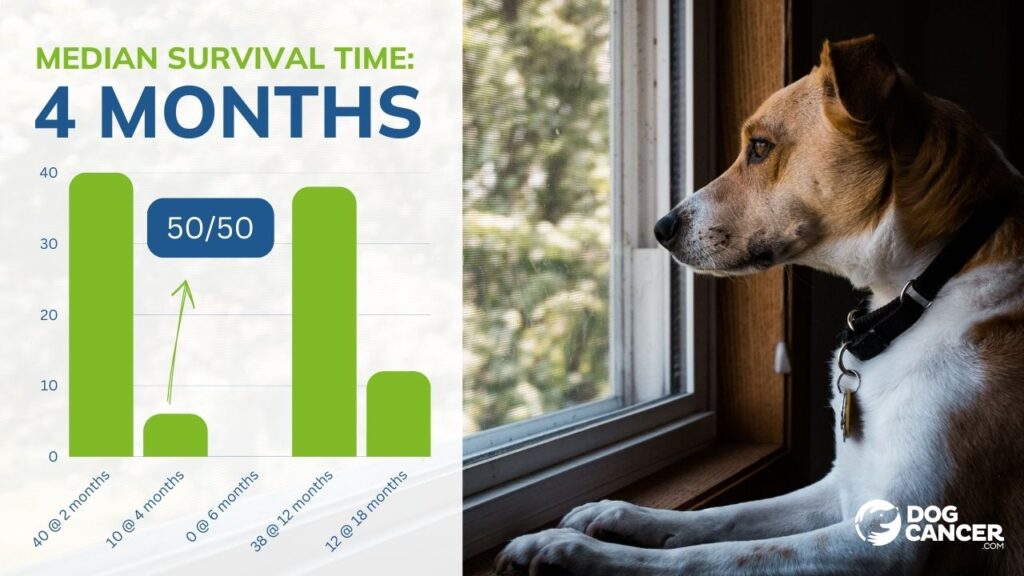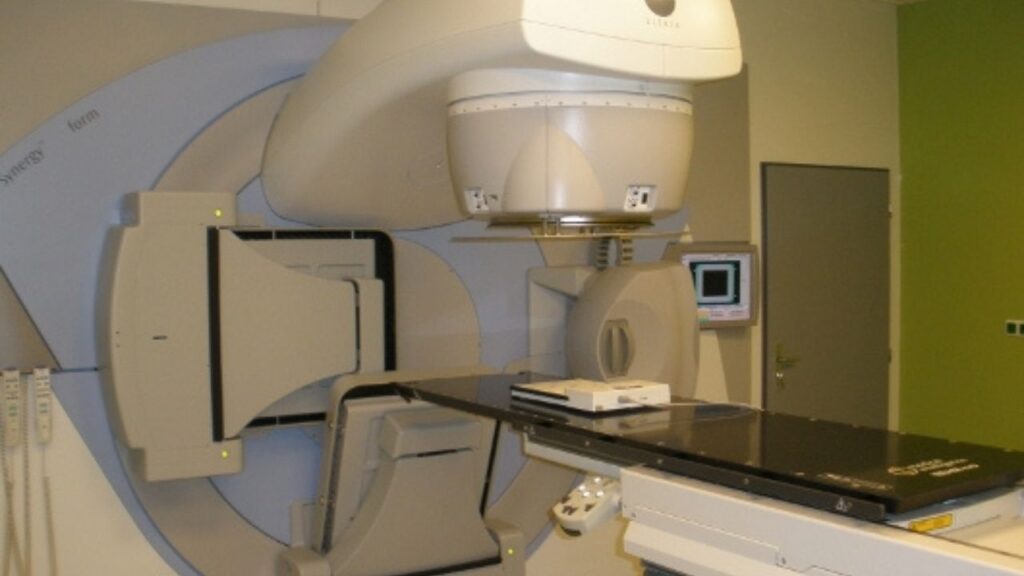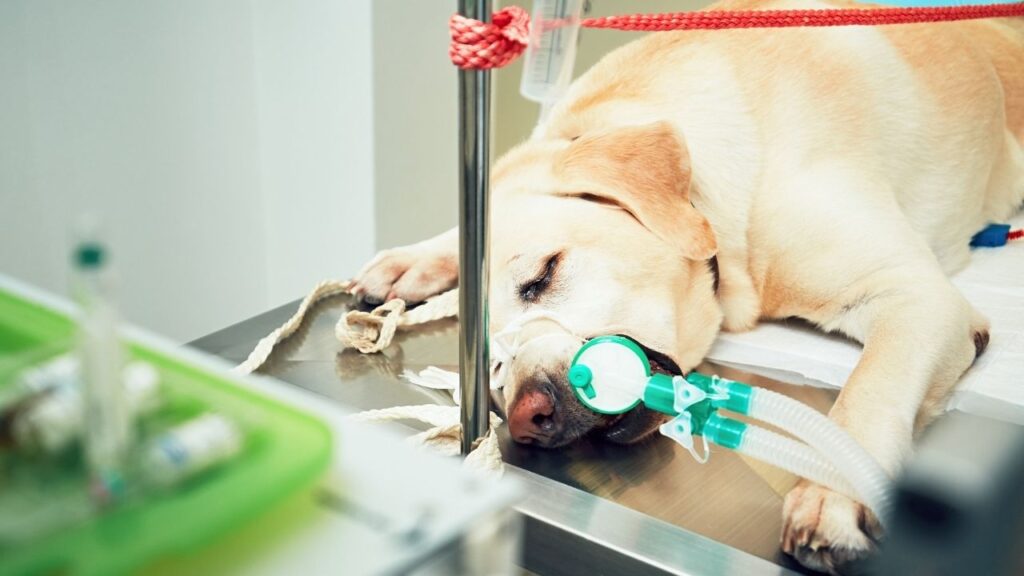Gained Life Expectancy: How Much Extra Time Will Cancer Treatments Give Us?
When you learn your dog has cancer, the more information you can get the better. You will want to have a clear understanding about the cost of treatment, expectations about quality of life, the potential side effects or adverse reactions associated with treatment, and the life expectancy with or without treatment. Knowledge about the life expectancy versus gained life expectancy with cancer treatments will empower you to make the most informed decision for your dog.
Key Takeaways
- Gained life expectancy is the increase in the length of time that is obtained with a certain cancer treatment such as surgery, chemotherapy, radiation therapy, or immunotherapy.
- Increasing life expectancy is a good thing. We all want more time with those we love. There is usually some gain in life expectancy with standard cancer treatments. However, this gain must be weighed heavily with quality of life for the dog, cost of treatments, and possible side effects or adverse reactions.
How Long Can a Dog Live with Cancer?
Life expectancy, as it relates to dog cancer, is the amount of time a canine is expected to live after a cancer diagnosis. Gained life expectancy is the increase in the length of time that is obtained with a certain cancer treatment such as surgery, chemotherapy, radiation therapy, or immunotherapy.
Life expectancy will vary depending on the type and stage of cancer. Gained life expectancy will vary depending upon the type of treatments you are offered.
Before you decide to pursue treatment of your dog’s cancer, you will want to know if there will be a gain in life expectancy.
Obviously, you want the treatment to increase your dog’s life expectancy beyond what it would be without treatment!
Evaluating Treatment
It is important to understand that there are many published studies on how a specific cancer will respond to treatment. It is also important to take into consideration that each dog and their cancer is unique. Published guidelines give predictions of how a dog will respond to a cancer treatment based on studies about other animals diagnosed with similar cancers and the treatments that were given.
The published 2016 AAHA Oncology Guidelines offer a few specific examples of differences between life expectancy and gained life expectancy in dog cancers:
- Lymphoma – The life expectancy of a dog diagnosed with lymphoma is less than 2 months without treatment whereas treatment with CHOP (multi-agent chemotherapy) can yield a gain of life expectancy of approximately 1 year.1
- Osteosarcoma – The life expectancy of a dog diagnosed with osteosarcoma is very short without treatment. Bone cancer is painful without surgical removal of the affected bone and owners often elect euthanasia in a short period of time. Amputation is recommended as a means to alleviate pain. This can extend the life expectancy (in addition to improvement of quality of life) to approximately 5 months. The life expectancy is approximately 1 year with surgery and chemotherapy. Therefore, surgery and chemotherapy yield a gain in life expectancy of approximately 1 year.1
- Splenic Hemangiosarcoma – The life expectancy of a dog diagnosed with intraabdominal bleeding because of hemangiosarcoma of the spleen is also very short without treatment. The mass will continue to bleed, and the patient will be in critical condition without treatment. Surgery must be performed to get the bleeding to stop. The gained life expectancy can increase to 1.5-3 months with a splenectomy (surgical removal of the spleen) alone. The gained life expectancy of a dog that underwent splenectomy that also goes through chemotherapy increases to 6 months.1
Ask Your Veterinarian About Gained Life Expectancy
There is usually some gain in life expectancy with standard cancer treatments, and your veterinarian should be able to give you an idea of what to expect in your dog’s case.
However, this gain must be weighed heavily with additional information such as quality of life for the dog, cost of treatments, and possible side effects or adverse reactions.
It’s also important to remember that these numbers are general and do not apply to every single dog with your dog’s cancer. We wish there were guarantees, but there are not.
It will be up to you to evaluate all these factors to determine if cancer treatments are right for you and your dog.2
- Biller B, Berg J, Garrett L, et al. 2016 AAHA Oncology Guidelines for Dogs and Cats. Journal of the American Animal Hospital Association. Jul-Aug 2016;52(4):181-204.
- Bergmann M, Sauter-Louis C, Hirschberger J. Lebensqualität und Lebenserwartung am malignen Lymphom erkrankter Hunde unter Chemotherapie. Eine Besitzerumfrage [Quality of life and life expectancy of dogs undergoing chemotherapy for malignant lymphoma. An owner survey]. Tierarztl Prax Ausg K Kleintiere Heimtiere. 2011;39(4):229-236.
Topics
Did You Find This Helpful? Share It with Your Pack!
Use the buttons to share what you learned on social media, download a PDF, print this out, or email it to your veterinarian.






